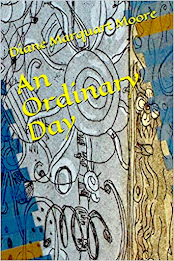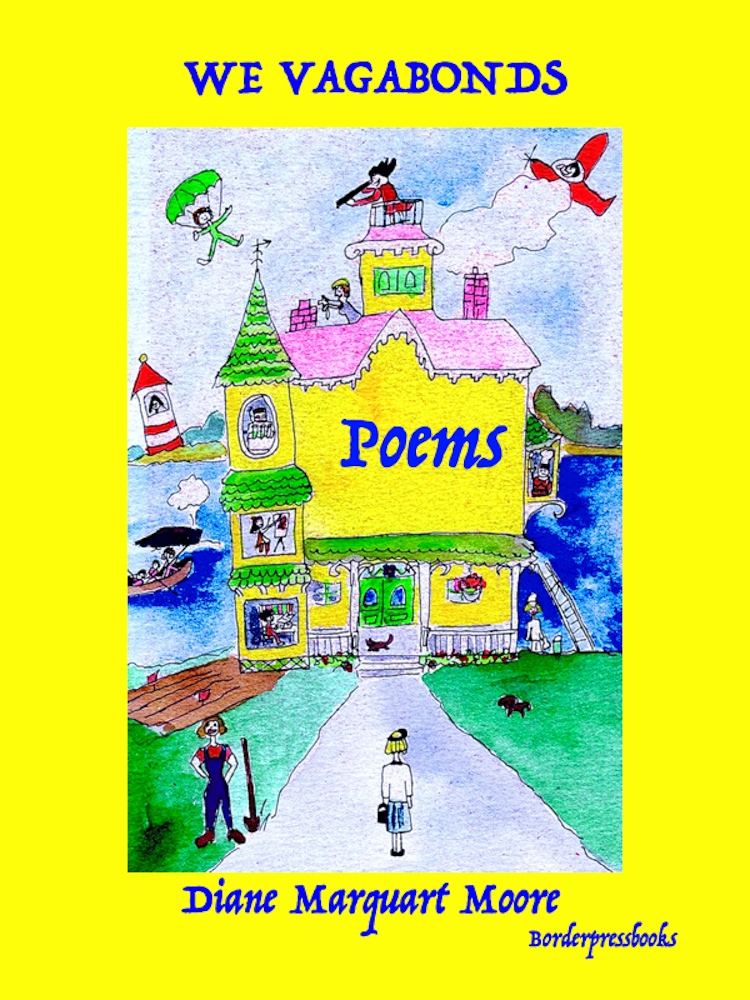Yesterday, I attended a reading by local authors of the Autumn Assembly of Authors at IONA Art Sanctuary. I had been invited by my friend, the Rev. Francis Walter, who read from his novel, Goldilocks and the Three Bears at Mobile Bay. Following this amusing reading, I was re-introduced to Edward Carlos, a sculptor and artist I met the first year I moved to Sewanee, Tennessee, shortly after he opened his Art Sanctuary. I had been deeply impressed by his religious and spiritual art, some of which reflected visionary events that he experienced during four visits to Iona, a small island off the western coast of Scotland.
On this
particular Sunday afternoon, three writers performed at the reading: my friend
Francis who read from his unpublished manuscript, David Bowman who read from
his book, Sewanee in Stone, and Lynn Cimino Hurt who read
from her unpublished manuscript of poetry. The reading was one among a slate of Fall
readings and art exhibits sponsored by Carlos, who was called to “offer a place for writers and artists to share their creative
work with each other and the community, and the emphasis is to source
creativity and spirituality,” Carlos says. I might add that many Sewanee writers and
artists produce rich creative work that isn't read at the annual
Sewanee Writers Conference, which features mostly national luminaries, so Carlos
provides an outstanding service for less-recognized literary and artistic
figures.
The IONA Art
Sanctuary sits atop a hill off Garnertown Road and overlooks a field of dried
sedge grass and seven acres of lake and woods. The building is situated on a N-S,
E-W axis and offers art lovers a view of colorful sunsets as they exit the
70’x64’ building. The interior of the sanctuary follows the design of a nave
with a Celtic cross shape. A 20' high gate stands in the center of the field
of sedge grass and symbolizes an entrance between the physical world and the
spiritual world. It reminded me of a similar gate at Rip Winkle Gardens on
Jefferson Island near my home of New Iberia, Louisiana. Above the entrance on
the IONA veranda the sculpt of an angel hovers, part of a scene about the Nativity, which
is further carried out inside with a life-sized “Creation Nativity.”
 At the reading, before Carlos introduced the first writer, he pointed out a vertical 19 l/2' x 10’
piece of art behind the improvised stage, a complex photographic work by Carlos’s son, Adam Carlos, that depicts an
earth mother figure superimposed over images of a forest and a lake. Entitled
“Lost Love," it contains 260 separate but overlapping 16”x20” black and white photos.. It is a stunning backdrop to reading performances, and Carlos explained that the building ceiling was constructed to accommodate this piece of art.
At the reading, before Carlos introduced the first writer, he pointed out a vertical 19 l/2' x 10’
piece of art behind the improvised stage, a complex photographic work by Carlos’s son, Adam Carlos, that depicts an
earth mother figure superimposed over images of a forest and a lake. Entitled
“Lost Love," it contains 260 separate but overlapping 16”x20” black and white photos.. It is a stunning backdrop to reading performances, and Carlos explained that the building ceiling was constructed to accommodate this piece of art.
When I’m in
New Iberia part of the year, I often read some of my poetry at Paul
Schexnayder’s Art Gallery and am scheduled to read at this gallery with the new Louisiana poet
laureate in November. I know that combining art exhibits and literary
performances in one event results in an afternoon or evening of interesting entertainment,
so I understand the efficacy of holding the Autumn Assembly of Authors at IONA,
a highly creative venue.
Carlos has also
sponsored the exhibits of many talented art students and area artists at IONA
Art Sanctuary. The year that he retired from his position as chair of the Fine
Arts Department and director of the university gallery at the University of the
South, staff, community members, retired faculty members, and students
helped install his two-month long exhibit, “Creation: Aurora Borealis” at the university
gallery. My architect friend, Sarah Boykin, a graduate of Sewanee who now
teaches at the University of Tennessee at Chattanooga, spearheaded a drive to
raise funds to provide for a new gallery in the Nabit Art Building, which was
named the Edward Carlos Gallery of Art. Although Carlos lives on campus with his wife, Sarah, and a flock of dogs, he spends his meditative moments at the IONA Art Sanctuary.
I look
forward to seeing my blue-eyed host and to reading my poetry next Fall during the Autumn Assembly of Authors at
IONA Art Sanctuary, another "thin" place of inspiration and beauty on The Mountain.










